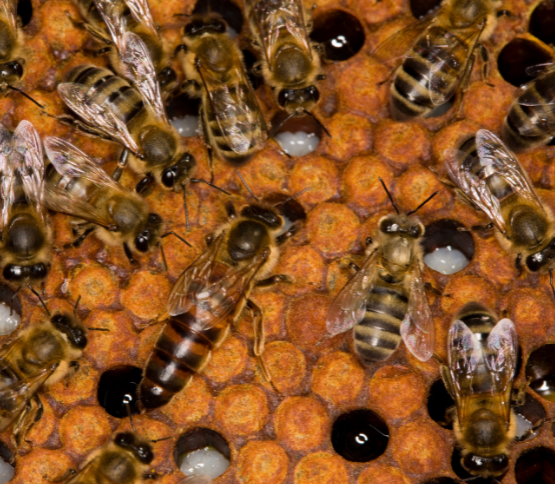Queen Rearing Calendar
Like most aspects of beekeeping, methods for queen rearing can vary greatly among individual beekeepers. Raising your own queens is a fun and rewarding endeavor. However, the best way to increase your chances of success is to do your homework before beginning.
Consulting with experienced, local beekeepers is a good way to get answers to specific questions and regional advice on queen rearing. Members of local beekeeping clubs and associations are often willing to share their experiences and lessons learned in raising queens.
This is a detailed calendar of events for rearing queen bees. The dates are calculated based on the day the queen laid eggs or grafting day. If you're planning to raise your own queens, this is a very useful calendar to keep track of important steps.




